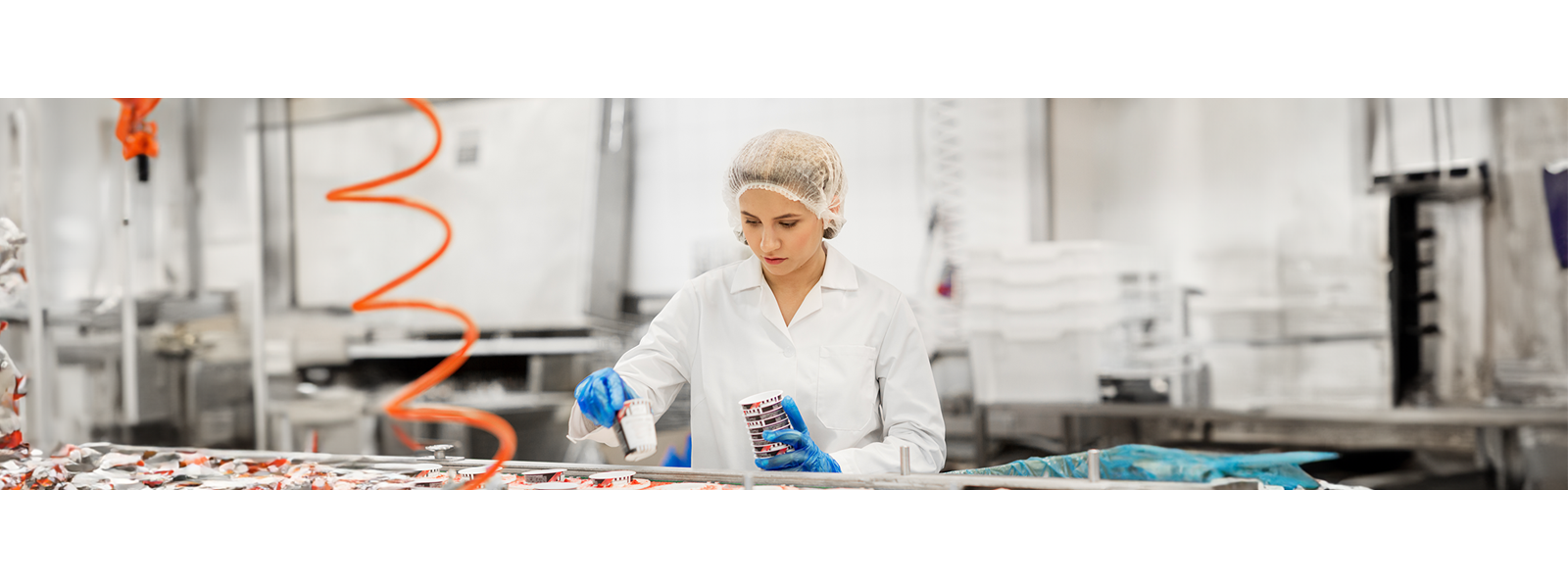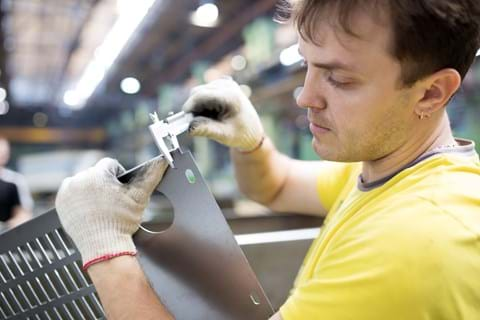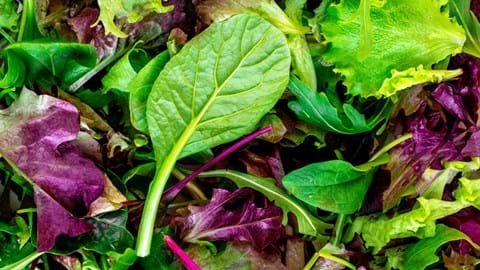Agri-food
Optics at the service of the Agri-food Industry

Optics-based technologies provide precise and effective solutions to quality, food safety and productivity challenges.
Optical technologies make it possible, with computer vision and spectroscopy, to monitor food quality by detecting defects and measuring the products’ colour, texture and chemical composition, guaranteeing consistent production that meets high-quality standards.
Moreover, these technologies help improve food safety by rapidly detecting contaminants and facilitating product traceability, ensuring transparency throughout the supply chain.
Optical technologies help to increase efficiency and productivity in the food industry by optimizing production processes and automating tasks such as sorting, packaging and labelling, reducing costs and human error.
Your challenges

Quality control

Fewer recalls

Improved yields

Production, packaging and quality control
operation automation
Robotic arm and autonomous vehicle guidance

Digital transformation
Optics play an increasingly important role in the digital transformation of companies. Optics has become a key element in business success in an increasingly connected world by providing innovative solutions to improve product and service productivity, safety and quality. Learn moreMain applications

Inspection, quality control and non-destructive testing
Optical technologies can detect defects, make precise measurements and guarantee product compliance with their ability to capture detailed images and analyze specific characteristics. Various industries widely use systems such as machine vision, optical tomography and optical spectroscopy techniques to improve the manufacturing process quality and efficiency.
To learn more, read the blog article: Seven non-destructive inspection technologies for the manufacturing industry.

Integrity testing of sealed containers
Techniques and technologies such as computer vision, spectroscopy and infrared imaging enable fast and accurate container inspection, detecting defects such as leaks, cracks or contamination. These technologies guarantee product safety, regulatory compliance and consumer confidence.
To learn more, read the blog article: See What’s Under the Surface: Aiming for Zero Defects!

Predicting shelf life
Techniques and technologies such as near-infrared spectroscopy and fluorescence can analyze chemical and physical properties of food. They provide invaluable information on product composition, freshness and spoilage, predicting shelf life precisely. This approach helps to reduce food waste and guarantee consumer safety.
To learn more, read the blog article: Predicting the Shelf Life of Leafy Greens Is Not Science Fiction

Control of the cold chain
Maintaining the required temperature during storage, transport and distribution is essential to preserve products’ physical-chemical and microbiological properties. As businesses have become increasingly digital, optical technologies have taken on a large portion of cold chain monitoring. Optical sensors on the packaging of certain products measure their temperature during transport and storage.
To learn more, read the blog article: Controlling the Cold Chain: More Accessible and Less Expensive Than Ever.
Our customer testimonials
See what INO customers have to say about our services and solutions.
Our solutions
Custom-made solutions
Hyperspectral imaging station

To find out if we can help you and meet your needs
Do you have a question? Do you wonder how we can help you?





